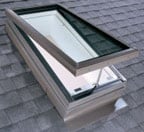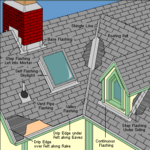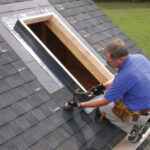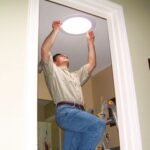This expert buying guide gives info on skylight blinds and shades. Includes light-blocking shades, pleated and cellular shades, and venetian blinds.
Although standard skylights are great at illuminating otherwise dark interior spaces, they can also be problematic in certain situations because you cannot “turn them off.” Fortunately, skylight manufacturers have worked around this problem by introducing integrated skylight blinds and shades.
Light-blocking shades (right). Blinds or shades are important for preventing heat loss at night. Clear skylights tend to lose a large amount of heat toward the night sky in winter, a principle called “clear-night-sky re-radiation.” Amazingly, the area around a skylight can drop 5 to 10 degrees below ambient temperatures due to this phenomenon. A shade or blind can help minimize this heat loss.
Most operable skylights include insect screening that mounts below the opening; some fiberglass insect screens reduce UV rays by up to 70%. Following are the main types of skylight shades and blinds:
These virtually turn day into night. They are made of aluminum-coated fabric and are extremely energy efficient. Velux offers a new model powered by a built-in solar battery, which means no wiring.
Pleated or cellular shades (left). Shades diffuse and soften the light coming in, reducing glare and protecting furniture and carpeting from fading.
Venetian blinds (right). Great at redirecting and reducing incoming light, the aluminum construction of these venetian blinds makes them ideal for kitchens, bathrooms, and other humid environments. Pella makes skylights with blinds built into the space between the double-insulated glass.
A retractable awning glides in tracks across the exterior of the skylight, entirely blocking heat from entering the house. Most are electric, controlled by a push button.



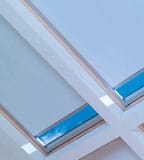
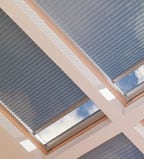
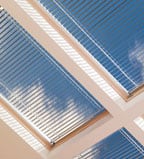



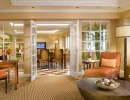
 Don Vandervort writes or edits every article at HomeTips. Don has:
Don Vandervort writes or edits every article at HomeTips. Don has:
